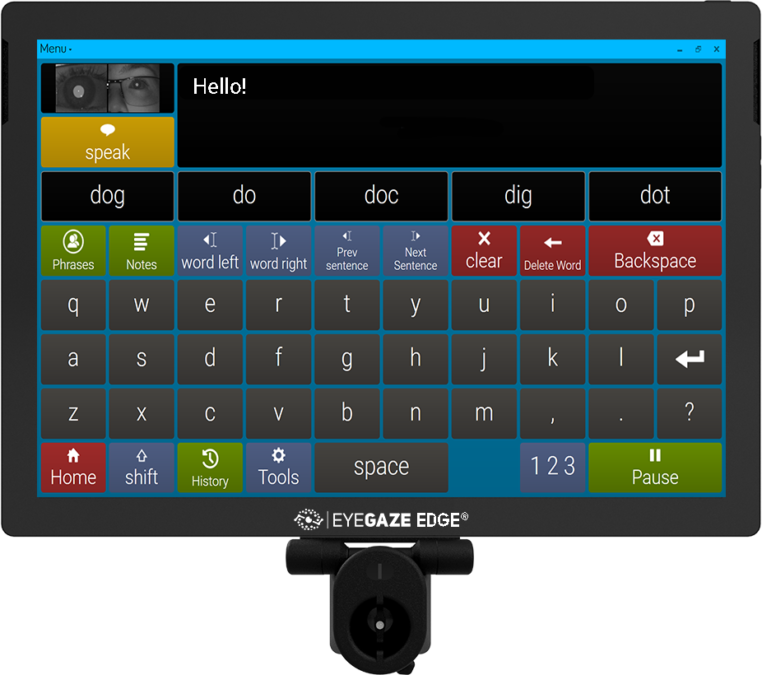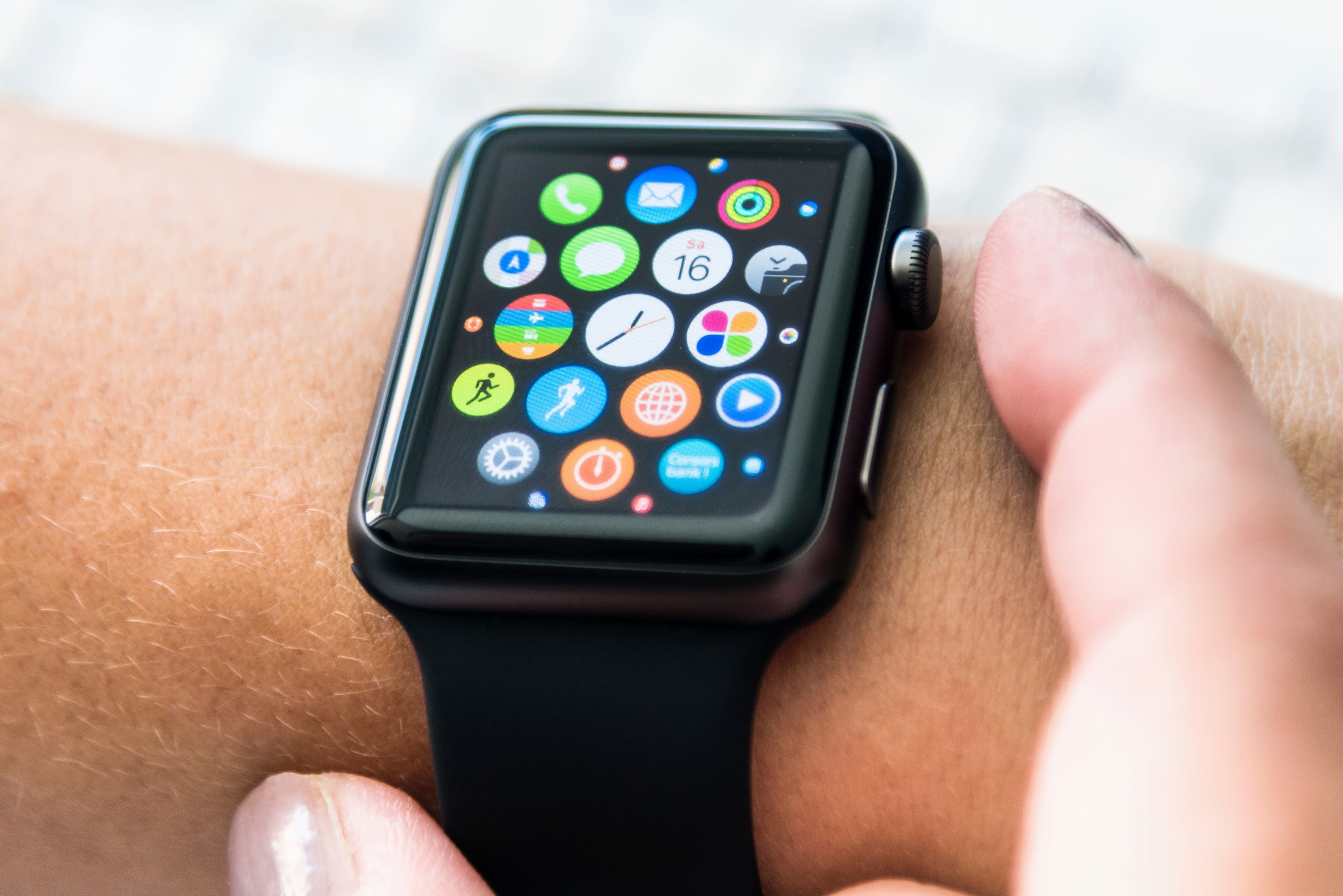With technology developing rapidly, we find all sorts of new ways to improve our lives and how we interact with technology. With technological innovation, we might witness the creation of something life-changing and spectacular or something that just no one even asked for. I'll try to bring examples of both worlds.
Firstly I'd like to bring a good example of HCI - eye-tracking. I recently watched either a video on YouTube or a documentary on Netflix (can't really member which) that showed how eye-tracking technologies have changed the lives of people suffering from illnesses like locked-in syndrome. Locked-in syndrome is a condition where people have full cognitive ability but they are unable to move or speak due to paralysis of voluntary muscles. So usually they can only move their eyes, and that's about it, although some can't even do that. They are literally locked in their bodies unable to move and communicate with others. But thanks to eye-tracking, people that have been paralyzed for years without any sort of means of communication, finally have gotten a way to express their thoughts and feelings. Usually, they have a tablet in front of them with a keyboard that registers input by tracking the person's eye movement, so if they want to type in "hi" they just look at the corresponding letters. An example of such a tablet:
 |
| Example of a tablet used for eye-tracking |
And seeing real-life examples of people using these was really eye-opening and made me appreciate what we are able to do with the help of technology.
But as mentioned, some people can't even move their eyes, so the only way they can communicate if a chip is planted on their brain or a brainwave headset is used. An example could be Elon Musk's Neuralink, which already seems quite promising if we leave aside some of the ethical and security questions.
https://eyegaze.com/wp-content/uploads/Eyegaze-Edge-Encore2020-1-762x675.png



Comments
Post a Comment